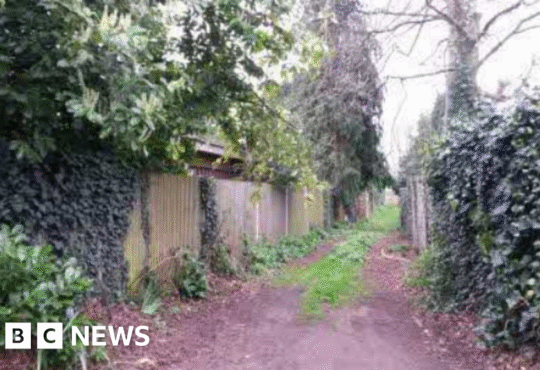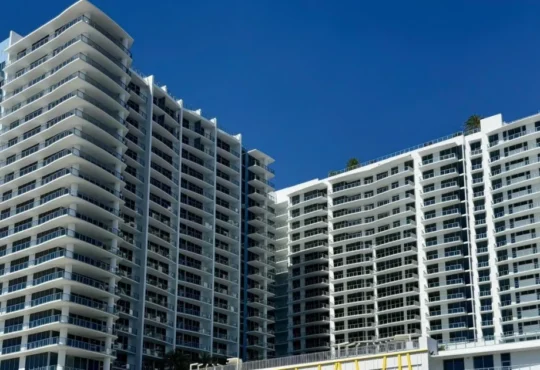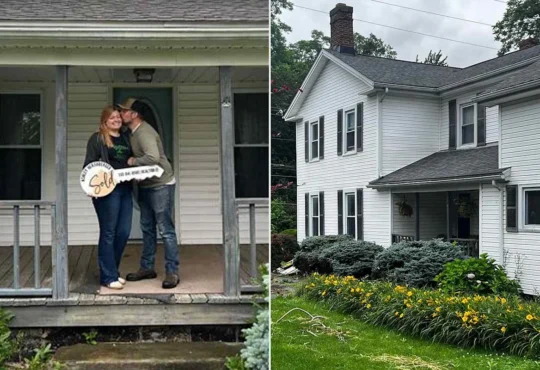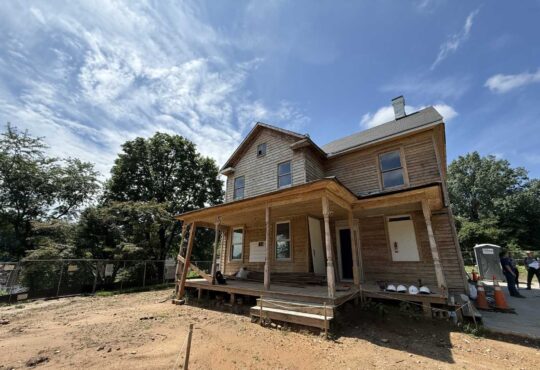
Sales of existing homes fell last month while new homes reported an uptick, according to data released on Thursday, as older homes continue to be more expensive than new builds.
After a slow summer for the U.S. housing market, with buyers kept to the sidelines by high borrowing costs and still rising prices, existing home sales slid 0.2 percent in August from July to a seasonally adjusted annual rate of 4 million, according to the latest report by the National Association of Realtors (NAR). Year-over-year, however, existing home sales rose by 1.8 percent.
By comparison, new home sales soared to a seasonally adjusted annual rate of 800,000, according to estimates by the Census Bureau, up 20.5 percent compared to the previous month’s rate of 664,000 and up 15.4 percent from last August’s rate of 693,000. This was “the strongest pace of 2025 so far,” Realtor.com Senior Economist Anthony Smith said in a statement shared with Newsweek.
Why Are New Homes Selling Faster Than Older Ones?
Logically, newer homes should be more expensive than existing ones. This, however, is not the case in the current U.S. housing market. According to Realtor.com, since 1999 new home sales prices have been below existing homes in only 10 months—eight of which were in the last 15 months.
This is not only because builders have put smaller, cheaper homes on the market over the past couple of years, but also because they have increasingly been offering price discounts and incentives to attract reluctant buyers.
According to a recent survey by the National Association of Homebuilders (NAHB), 37 percent of homebuilders offered price reductions in August, down from 38 percent in July but still much higher than during the pandemic years. In September, NAHB reported that the number of builders offering price discounts was back up to 39 percent—the highest percentage in more than five years.

In August, the median sale price for a new home was $413,500, up from $395,100 in July and 1.9 percent higher than a year ago. Meanwhile, existing home sale prices continued to grow last month, with the median price climbing 2.0 percent from a year ago to $422,600—marking the 26th consecutive month of year-over-year price increases.
How Long Can This Last?
The gap between the price of existing homes and new homes has been narrowing over the past month, suggesting that the current odd dynamics might soon switch back to normal.
“Home sales have been sluggish over the past few years due to elevated mortgage rates and limited inventory,” said NAR Chief Economist Lawrence Yun in a statement. “However, mortgage rates are declining and more inventory is coming to the market, which should boost sales in the coming months.”
Inventory of existing homes shrank 11.7 percent year-over-year to 1.53 million units last month, suggesting a return of buyers to the market. But recent improvements in affordability have not drastically reversed the current slowdown in the U.S. housing market.
“The downward trend in mortgage rates in June and July, when many of these homes would have gone under contract, undoubtedly improved affordability, but may also have diminished a sense of urgency,” Realtor.com Chief Economist Danielle Hale said in a statement shared with Newsweek.
“This is especially true given the relative consistency of the lower rate moves, which led more consumers to expect the trend to continue.”
Despite a recent decline in mortgage rates, which are near 11-month lows, “rates are still not low enough to unlock the vast majority of homeowners, who continue to enjoy sub 6 percent rates, but it will help those on the margins and may lead to a more active fall home sales season,” Hale said.
On the other hand, builders are becoming wary of offering price cuts and other incentives. Lennar, the second-largest homebuilder in the nation, recently announced that it was going to prioritize margins again over sales, and homebuilding permits are falling, suggesting lower construction activity in the coming months.






